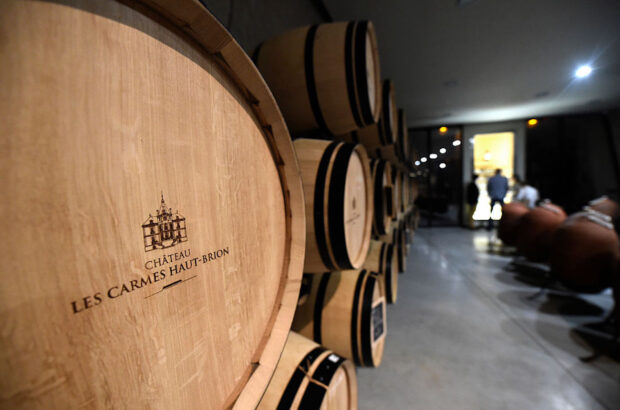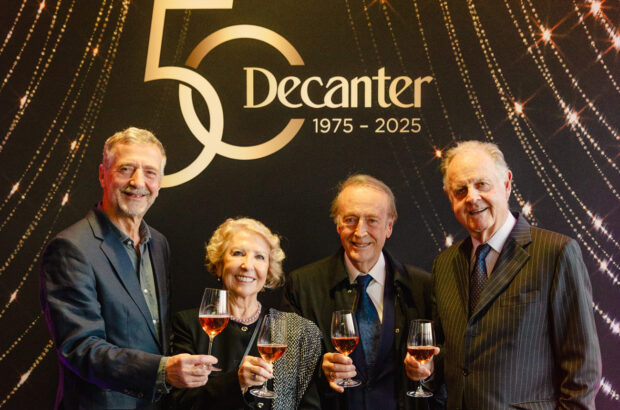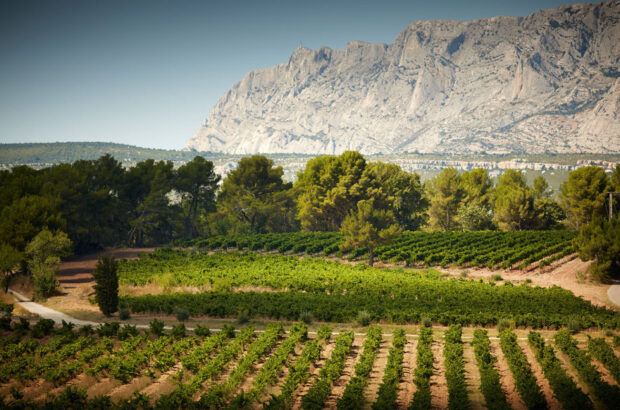In a year where even the successful Sauternes and Barsac producers made incredibly low yields (the average in Sauternes was just 2.5hl/h), the trend for dry white wines from the region is proving an important source of cash flow.
Olivier Bernard’s Clos des Lunes 2012 dry white wine range
Increasing numbers of Sauternes producers have said they are making no 2012 wine at all – Yquem, Suduiraut, Rieussec and Raymond Lafon have all said they did not produce enough quality grapes to justify making a wine under their first label. Raymond Lafon, Rieussec and Suduiraut are still to make a second wine.
Even those who have produced are reporting tiny quantities in the search for good quality grapes, with Chateau Guiraud’s yields 90% down on 2011, and many others reporting similarly drastic reductions.
Sauternes producers have been able to draw some consolation from the year’s high quality production of dry whites, which were picked in excellent sunny conditions in mid-September.
The trend to make dry whites has been growing for a number of years, and today almost every major estate produces one – from Y d’Yquem to S de Suduiraut, R de Rieussec and G de Guiraud.
At Domaine de Chevalier, Olivier Bernard recently unveiled a new range of wines from a Sauternes estate they bought in 2011 and renamed Clos des Lunes, choosing to turn almost the entire production towards dry white. Another recent dry white launch has been Opalie from Chateau Coutet.
‘We lost three quarters of our harvest,’ Yquem winemaker Sandrine Garbay told Decanter.com, ‘but the dry white is of exceptional quality, and we are happy to have some wine to offer our clients. We like the first stages of noble rot to form on the grapes, to lower the bitter polyphenols that are fairly typical of Semillon on clay, and this was highly successful this year, before the rains arrived in October.’







